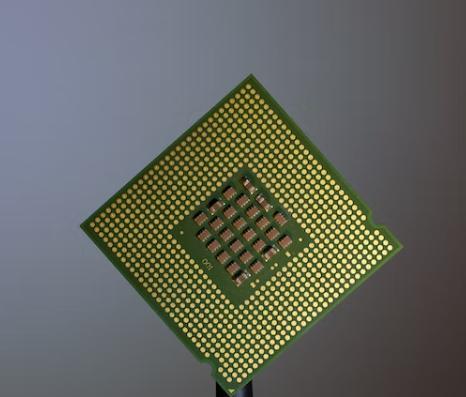Table of Contents
Introduction of CPU
A central processing unit, sometimes known as a CPU, is a brain-like component found in many computing devices, including tablets, PCs, and laptops. Your computer’s CPU computes and decodes commands as you browse the web, write documents, play games, or use software applications. Your PC can’t function without this essential part. Also, you can prefer clock oscillator that is used to establish a reference frequency used for timing purposes.Also,
The transistors that make up a CPU. Transistors are essentially small electronic switches. They serve as the foundation upon which CPUs are constructed. A transistor is comparable to a light switch. They possess an action bit that can be either on or off. These two states, “0” and “1,” respectively, are equivalent to turning on and off the transistor, which is what this on-off is. The computer is able to process information in this way.
The CPU uses integrated tiny transistors for all of its transistors. It is made up of numerous parts and functions as a unit to process each electrical signal. As a result, components that perform the same duties as these components, such as transistors and resistors, are readily available.
The fundamental building blocks of all modern electronic circuits, including those in computers, cell phones, and other devices, are transistors. Transistors are utilized for a wide range of digital and analog functions, including amplification, switching, voltage control, signal modulation, and oscillators, because to their quick reaction and great precision. Individual transistors or very small spaces can be used to package transistors.
The Working Principle of CPU
Fetching
The instruction is sent to the first CPU. That refers to the flow of binary numbers from RAM to CPU. Not a single instruction reaches the CPU directly. Instead, the instructions are divided up into different sets in memory. That implies that a lengthy process is made up of numerous small building components. The CPU then gets each of those instructions individually. The program counter (PC) retains the addresses of the instructions to deliver the instructions serially to provide the instructions to operate according to the demand when an instruction is divided into multiple smaller sets because the data is in a disordered manner.
Decoding
The CPU must determine the meaning of an instruction once it has been loaded. After then, the ALU is used to begin the decoding process (Arithmetic Logic Unit). It reads and interprets instructions from memory and translates them into a series of signals that are then transferred to various elements of the CPU for further action. It executes logical and arithmetic operations, necessary computations, and supervises the many components of the computer.
Execute
Finally, the decode instruction is executed. The instructions in the execution stage must then be carried out by the computer. This could involve a variety of activities, such as running calculations or loading data into memory. They are then saved in CPU registers as outputs so that other instructions can refer to them. It is either sent to an output device at the user’s request, saved on a computer system, or even put on a backup storage device.
How can CPU performance be enhanced?
You can do a few actions to increase your CPU’s performance. A computer typically only consumes a small portion of its overall CPU power. Open a Task Manager window to see the processes that are now active in order to see the programs that are utilizing the most CPU. After that, you can filter and arrange processes based on CPU utilization by clicking the CPU header. You can discover unused background programs running or problematic processes using up all of your CPU. If so, merely clicking the end process button will close the program.

